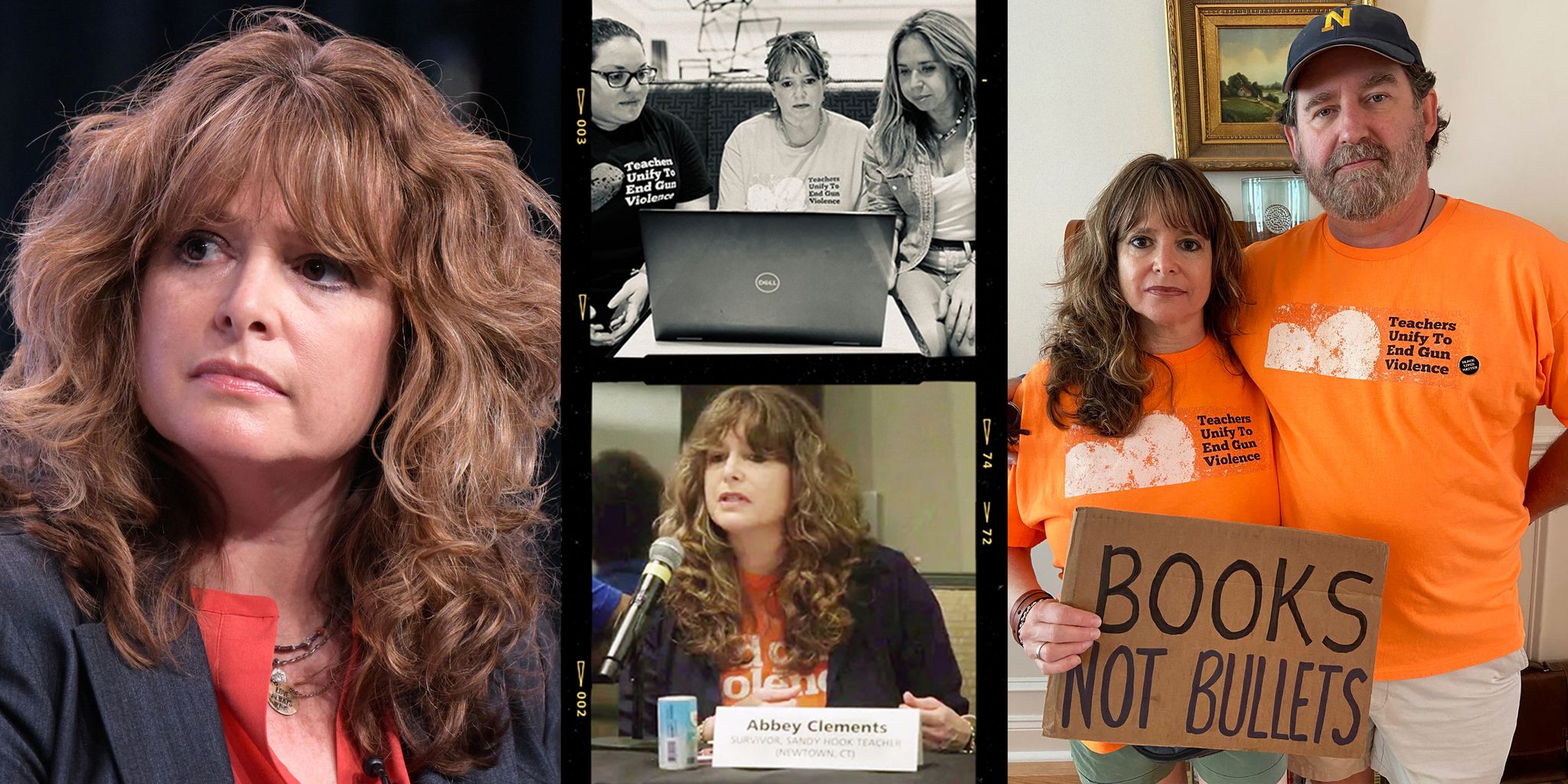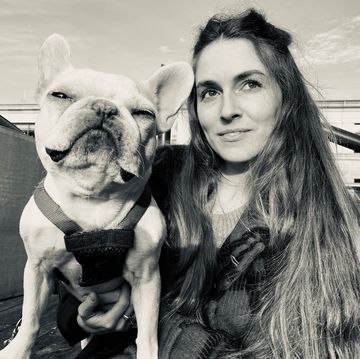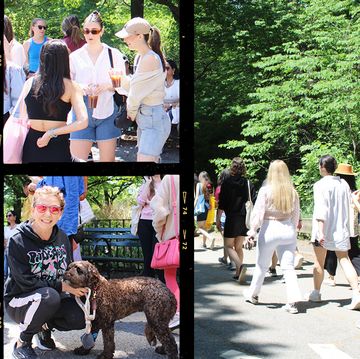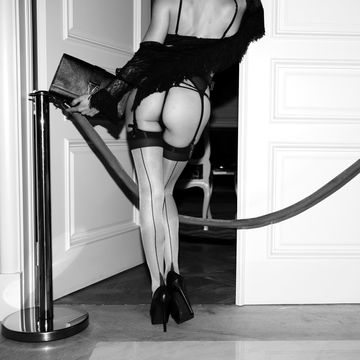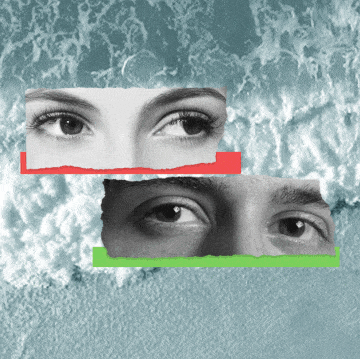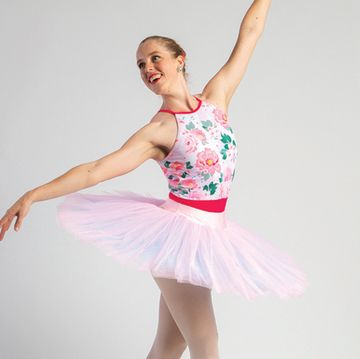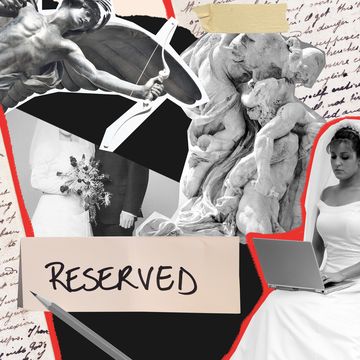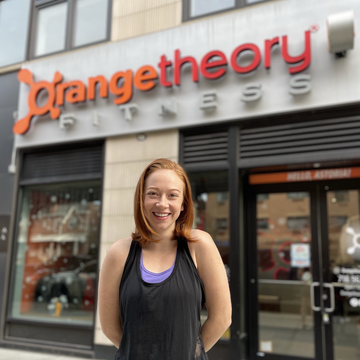Ten years ago, on Dec. 14, 2012, a gunman entered Sandy Hook Elementary School in Newtown, CT, with two rifles and a handgun and killed 20 students between the ages of six and seven and six adults. It is the deadliest mass shooting at an elementary school in American history and the fourth deadliest overall. The attack renewed calls for stricter gun laws and universal background checks. Still navigating the lasting effects from that day, Abbey Clements has dedicated her life to gun control advocacy and founded Teachers Unify to End Gun Violence last year to raise awareness of the impact gun violence has on educators.
The moment I came into school that morning, before heading to class, I stopped at our principal’s office. I was praising my son’s teacher, also a teacher at Sandy Hook, about how she’s been good at developing rapport with her students. Once in my classroom, my second graders got quiet quickly because they were excited to make snowflakes for the upcoming PTA luncheon. It had to be mere minutes after that when I heard what sounded like metal folding chairs collapsing very loudly and rapidly. I thought it was related to the holidays—maybe someone was setting up a nearby room for a party. Soon enough, I knew it was gunshots.
I rushed and gathered my students into the closet. The gunshots kept blaring through the loudspeakers. In the madness of the moment, as I was putting them into the closet, the kids had mind enough to tell me to lock the door and to barricade a connecting door. Once in the closet, I tried singing to my kids. I tried reading to them. I wasn’t thinking about what could happen, I was just present in the moment. As a mother and teacher, I also thought about how this would affect them. But I was helpless, defenseless. At times numb.
We began hearing a loud commotion on the roof. It sounded like a gang of people stomping up and down. I started to shake and, for the first time, thought, I might not make it out of here. I had no clue what was happening between the gunshots and the roof stomps. The kids were crying and yelling, “I gotta get out of here! I want my mommy! I want my mommy!”
Then, we heard a loud banging at the door. “Newtown Police! Open the door!” I had no idea if it was really the police. It could’ve been part of whatever was happening. They kept banging. They kept yelling. It wasn’t until I heard a woman’s voice did I start to believe this could be the police. She said the same things, but it sounded natural and authoritative, and authentic while still being loud and intense, like she had done this before.
We ran outside. The air was cold. We didn’t have our jackets. There were police cars, fire trucks, all sorts of law enforcement on bent knees, long guns in ready positions, and some on the roof. It was terrifying. They transported us to the firehouse nearby. It was a horror scene. People were crying. People couldn’t find each other. Then I began to hear murmurs, “Anybody see this person’s class? Anybody see that class?” At one point, the chaos overwhelmed me, and I just put my hands over my ears. I wasn’t prepared; my brain could not handle it. But then I snapped out of it, remembering I have kids in my care. Soon enough, the chaos intensified as people started filling the hot and stuffy firehouse, panicked, crying, looking for their kids.
Later, I found out the shooting itself lasted about five minutes. (Editor's note: The shooter fired 154 rounds in less than five minutes.)
In the days and weeks and months after, the town was quiet. Everything was shut down. We went to funerals. School officials tried to tell us what to expect. We had some meetings to prepare us. It was all fuzzy to me. After the holidays, some Columbine educators visited us to support us and talk about their experience following the 1999 mass shooting at their high school that left 12 students and one teacher dead. I remember asking some of them, Do people just keep teaching? One of them said, “Everybody has to do their own thing, and sometimes you know the answer right away; sometimes it takes longer.” Another one talked about how some teachers just keep plowing forward because they feel this strong sense of responsibility, but some get burned out in the end. I felt a similar sense of responsibility, and other teachers felt it too. We were like, “We’re here. We’re going to be here for these kids.”
That January, we ended up going back to school—at a different building in the same district along the same bus route—and we were told to try to get back to a routine because this could help the kids—and us—cope. And it was like, I don't even know what that means, to go back to class with kids you just ran out of a building with in maddening chaos. There’s no right thing to say. No one is available for learning at that point. But it’s also, yes, we have to try to move on and heal, but what do I tell these kids when they ask me, “Why did this happen? Where’s my teacher? Where’s my friend?” I miss this person, that person? What are you supposed to do with all of that? What was I to say when I was seeking answers myself?
At home, I became overly protective of my family. I wanted everybody together all the time, sitting close together. I needed people around me constantly. I always had the TV on. I also waded in so much survivor's guilt. It weighed heavily on me. How could I talk about my pain when we lost 20 students and six adults? I was alive. My students were alive. My children were alive. How could my pain measure up to the pain many families were feeling? It was a challenging place to be in because I struggled, but I thought it improper to speak about it.
People say there’s a before-the-trauma you and after-the-trauma you. Like, you don’t even recognize yourself. You’ve never met this you before. And that was true for me. Some people have nightmares. Others have constant panic attacks. For me, it was paranoia. I’ll be out to dinner and clock the exit signs. Or, I’ll be in a crowd, looking up and around, thinking there’s a sniper there or wondering, could somebody easily get to the roof and shoot me from there? Then, as I’m processing the many ways someone could kill me, there’s a flood of sudden panic, like, how would I get out of here? Where would I run to? This ordeal has taught me to commit to taking care of my mental health and dealing with it head-on.
The treatment I’ve found most helpful is eye movement desensitization and reprocessing therapy. I learned that trauma changes the landscape of our brains, and EMDR helps me revisit the trauma time and again to see where I’m stuck—like where I’d start crying—and there’s a sequence of rhythmic tapping that helps with getting unstuck.
I also started attending gun violence prevention meetings. As an educator for 21 years, at the time—now 31 years—those meetings were the first time I realized that America had a massive problem with guns. Mass shootings weren’t just in schools; they were in our communities every day. I know this may sound corny, but I knew my path forward had to be something hands-on, something tangible, and perhaps getting involved, being part of the solution, could help with the healing process. So, last year, I started Teachers Unify to End Gun Violence with a group of teachers to raise awareness of the lasting effects mass shootings have on us teachers. After all, we’re the ones in charge of protecting these kids from these horrors. We are fed up, scared and angry.
Two and a half years after the shooting, I changed schools and the grade I taught. I now teach fourth graders. I felt I had to do that as part of my healing and coping process. It was tough because I missed my Sandy Hook Elementary coworkers and students, but moving and changing grades was a good challenge for me—I wasn't teaching the same thing I was teaching that day my life changed forever. I’m also more aware of how I respond to mass shootings with my students because the gun violence epidemic is on my mind constantly. How can it not be when it's in the news almost daily, when gun violence is now the leading cause of death for our children? Whenever any mass shooting occurs, like the recent ones in Uvalde or at the University of Virginia, I’m not going to class and saying, “Hey kids, you gotta memorize your multiplication! You have to know these math strategies!” Those triggering moments weigh on me. It signals to me that this crisis is getting worse, and I just want to ease my students' pain and reassure them we’re going to be okay, and try to distract them somehow and have a bit of fun—maybe some kind of arts and craft—just for a couple of hours to forget the pressures and horror.
In those triggering moments, I also tend to look at my students and think, What are we doing to this generation? What are we leaving you? What kind of mess have we gotten you into? I feel this overwhelming sense of shame and desire to protect them even more in a way that I know I can't. Schools can’t be prisons, practically and rhetorically, but they seem to be these days. We can’t keep having lockdowns or trauma-inducing active shooter drills with all the gruesome hypotheticals. The onus of this epidemic should not be on the shoulders of educators and students to learn how to throw a water bottle at a perpetrator with an AR-15. The onus is on our legislators.
This interview has been edited for clarity and length.
Rita Omokha is an award-winning Nigerian-American writer and journalist based in New York who writes about culture, news, and politics.
